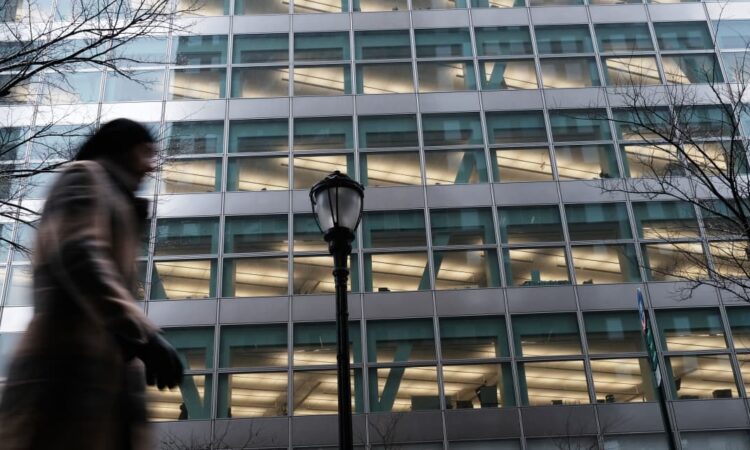
Last Updated: Dec. 21, 2023 at 11:34 a.m. ET
First Published: Dec. 21, 2023 at 10:18 a.m. ET
The numbers: The leading economic index declined 0.5% in November, falling for the 20th month in a row, and continued to signal a recession ahead.
Economists polled by the Wall Street Journal had forecast a 0.5% drop in the leading index, a gauge of 10 indicators designed to show whether the economy is getting better or worse.
The last…
The numbers: The leading economic index declined 0.5% in November, falling for the 20th month in a row, and continued to signal a recession ahead.
Economists polled by the Wall Street Journal had forecast a 0.5% drop in the leading index, a gauge of 10 indicators designed to show whether the economy is getting better or worse.
The last time the index fell so many times in a row was during the Great Recession, from the end of 2007 through 2009.
Key details: Nine of the 10 indicators in the survey were flat or negative in November. The only one that was positive was stocks in light of a recent rally.
Big picture: The economy has defied widespread predictions of a recession because of a strong labor market and steady consumer spending. The usual patterns of economic activity have also been less predictable since the pandemic.
While some economists think a mild recession is likely, others believe the U.S. could escape a downturn, especially if the Federal Reserve is done raising interest rates. The central bank has jacked up borrowing costs to tame inflation.
Looking ahead: “Despite the economy’s ongoing resilience … the Conference Board forecasts a short and shallow recession in the first half of 2024,” said Justyna Zabinska-La Monica, senior manager of business cycle indicators at the Conference Board.
Market reaction: The Dow Jones Industrial Average
DJIA
and S&P 500
SPX
rose in Thursday trading.






